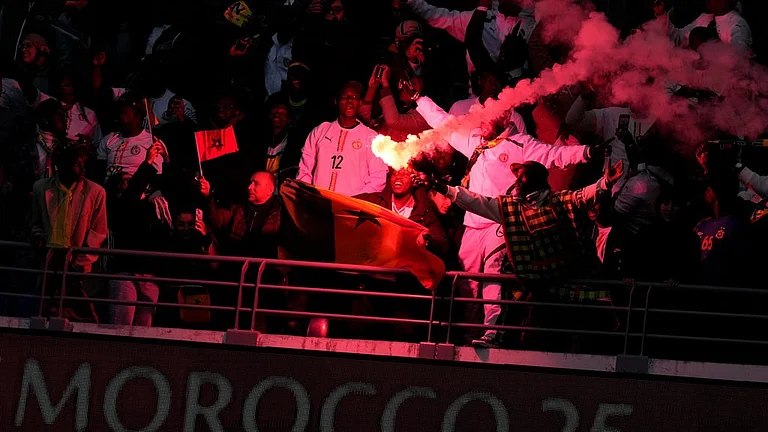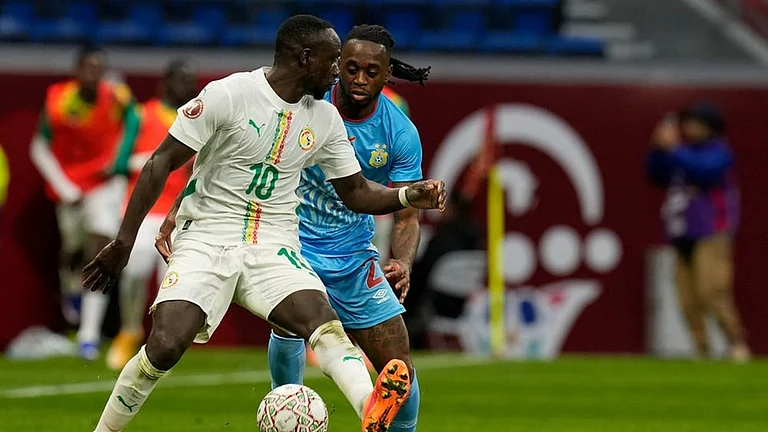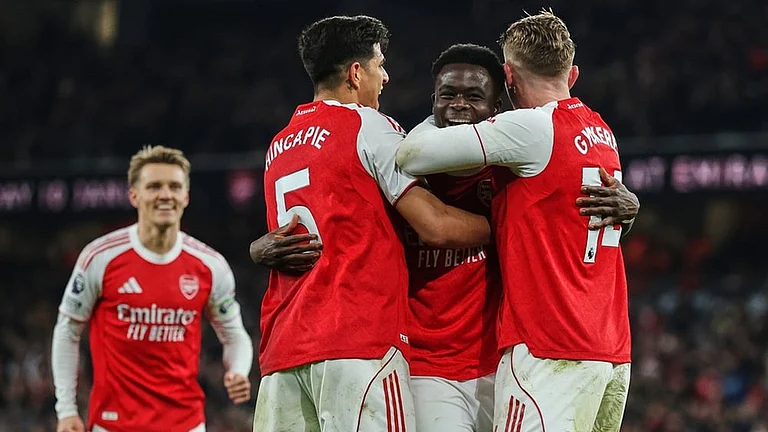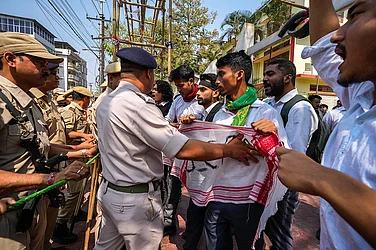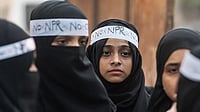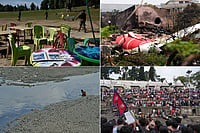For the Marathi people of Mumbai, Shiv Sena is not a political party but an emotion which has grown with them through the 57 years of the party’s existence. At a time when Bombay was opened up to people from all over the country as a city where aspirations and dreams were realised, Shiv Sena’s founder, the late Balasaheb Thackeray, through his oratory and cartoons, created a mass movement against the inter-state migrants. This was the time when the Marathi people were struggling to find jobs other than the ones they were traditionally employed in. Thackeray spoke about the Marathi identity and set about driving out the South Indians and others who were employed in large numbers in the various government and private offices across Bombay. This singular factor bound the Marathi people to Thackeray and his Shiv Sena.
In the years that followed, the party through various programmes addressed the aspirations of the Marathi Manoos (sons of the soil), lending them a voice. The Shiv Sena set up kattas (places to sit in small groups) where newspaper vendors kept free newspapers for people to read. This became a popular meeting point for senior citizens to connect with each other, physically and through the newspapers. These kattas buzzed with activity as the old and young debated on the political happenings across the country and the world. The Shiv Sena shakhas became the go-to place for the common Marathi people to find solutions to their problems including health, education, family etc.
Soon, Thackeray became an icon for the youth and the large-scale support to the party from this quarter did not go unnoticed by the others vying for the same space. The Shiv Sena unions penetrated the private sector forcing them to provide employment to the Marathi Manoos, a fact much cheered by the community.
Even when Balasaheb was alive, there were leaders such as Chhagan Bhujbal (now with the NCP) who had split away from the Shiv Sena chief and his party. Shiv Sainiks had vowed to make Bhujbal pay for his actions. In the years – particularly after Uddhav Thackeray was anointed as the political heir of the party founder - many others of stature have moved out of the party. However, when the then Minister for Urban Development and senior party leader Eknath Shinde walked out of the Shiv Sena with the support of the BJP, he splintered the party dealing it such a blow that recovery will take a long time. Uddhav Thackeray was not only left holding a few MLAs and MPs but also lost the name of the party (Shiv Sena) and its registered symbol (bow and arrow) to Shinde.
While the leaders at the top are fighting a turf war for supremacy, the Shiv Sainiks at the lower rung of the party continue to stay loyal to the party founder whom they address as “daivat” (God). Bound by such reverence for the founder of the party, the Shiv Sena is an emotion, not a political party. It is this emotion that makes it tough for Shinde to announce that it is a clear vertical split of the party he quit. Every Sainik knows that it is the underbelly of the Shiv Sena that delivers not its leadership.







